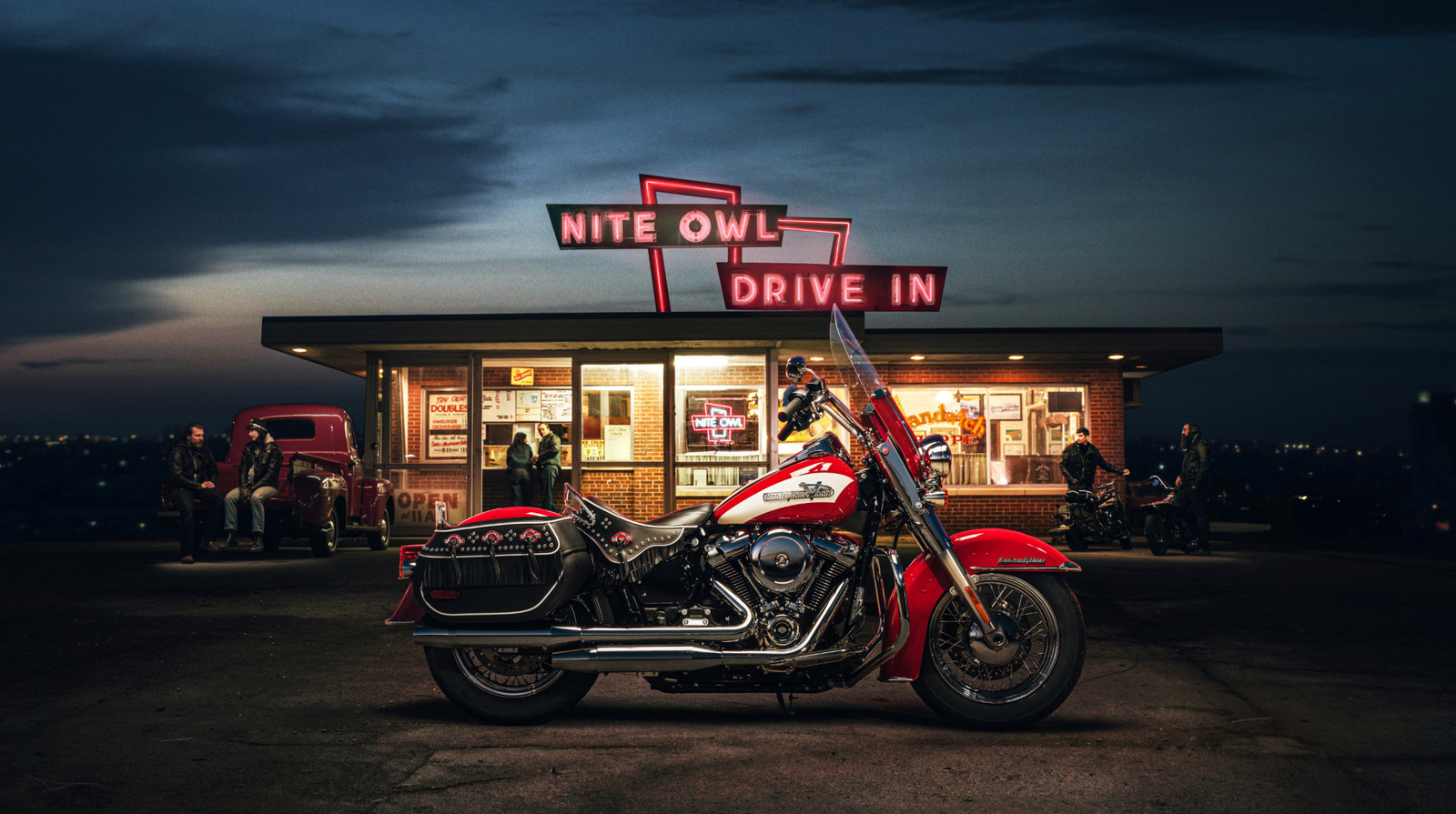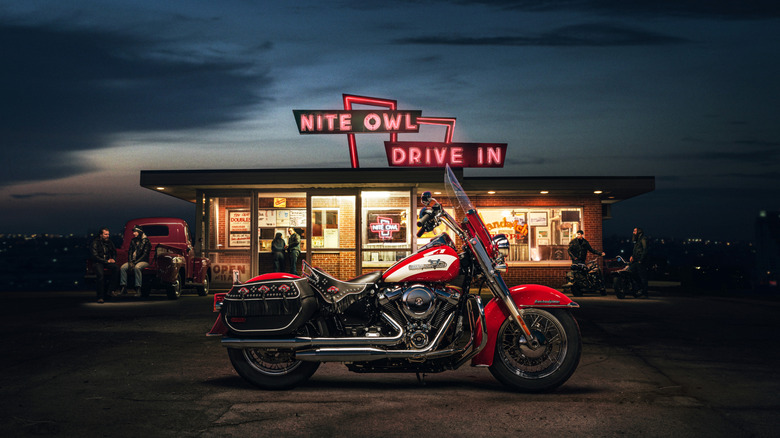Harley-Davidson has been struggling to turn itself around for years now. After a CEO switch in 2020, the company looked as though it would be able to lean into what it does best – big, profitable bikes – while continuing to forestall a major transition to electric motorcycles. Unfortunately, chaos around the U.S. tariff policies and high interest rates have been hurting the company’s top and bottom lines. Now it’s closed a rescue package: a $5 billion deal to sell its portfolio of current and future motorcycle loans along with a piece of its financing arm.
Harley confirmed reporting from Bloomberg that bond-giant Pimco and private-equity colossus KKR have reached an agreement. They’ll acquire a stake in Harley-Davidson Financial Services, all the loans HDFS is currently holding, plus any new loans Harley originates. Honestly, this is a good example of outgoing CEO Jochen Zeitz and the Harley board maximizing an asset at a key time. HDFS has performed relatively well, most posting a $248 million operating profit on just over $1 billion in revenue for 2024. Harley reported Q2 earnings on Wednesday morning, and they missed analysts’ expectations, but HDFS remained the sole highlight, both for its continued steady performance and they Pimco/KKR deal.
Selling motorcycles loans is better than selling motorcycles
Here’s the tough thing about being a manufacturer of cars or motorcycles: you can make a better profit selling loans to buy those vehicles than you can selling the actual hardware. But of course you still have to make the cars or motorcycles to get to the money-lending part of the transaction (and the financing needs of your dealers, who borrow money from you to acquire the vehicles they will use to generate the loans).
Consequently, if you’re Harley and you have effectively operated your own bank, you can count on having a star performer on your balance sheet. Plus, while higher interest rates might make sales more difficult, you will make more money on the loans you do support. These so-called “captive lenders” also tend to steer well clear of subprime financing, meaning that their loan quality is excellent, default rates are low, and they can easily sell loans to investors, getting the liabilities off the balance sheet and reducing overall debt.
One wouldn’t want to give up such a wonderful arrangement, unless one were facing falling revenue, declining profits, a sliding stock price, and substantial costs to make the electric motorcycle thing work. Selling the captive to private equity is not unprecedented (and as Bloomberg notes, HDFS has been on the block for a while). GM unloaded a majority stake in its own quite successfully captive, GMAC, to Cerberus Capital Management for $7.4 in 2006, as GM was trying to stave off a bankruptcy that arrived in 2009.
Time is expensive for a legend like Harley
Unless the next Harley CEO wants to allow the legend to ride off into the sunset, he or she needs cash to fund the ongoing turnaround. Harley had about $2 billion on hand when it reported Q1 earnings, but it also lost $20 million on electric-motorcycle maker LiveWire and saw overall revenue take a hit. (LiveWire is technically a standalone entity since its 2022 spinoff, but Harley is still a majority owner.) The company also withdrew its 2025 guidance, citing an “uncertain global tariff situation and macroeconomic conditions.
Because Harley’s traditional customers are getting older and will ultimately join that big rally in the sky, the company’s challenge has been to maintain the profitable old-school business while simultaneously figuring out how to get younger customers excited about motorcycles. It’s been a bumpy ride. And clearly, Harley has decided that it needs significantly more time and significantly more money to pay for that breathing room.





